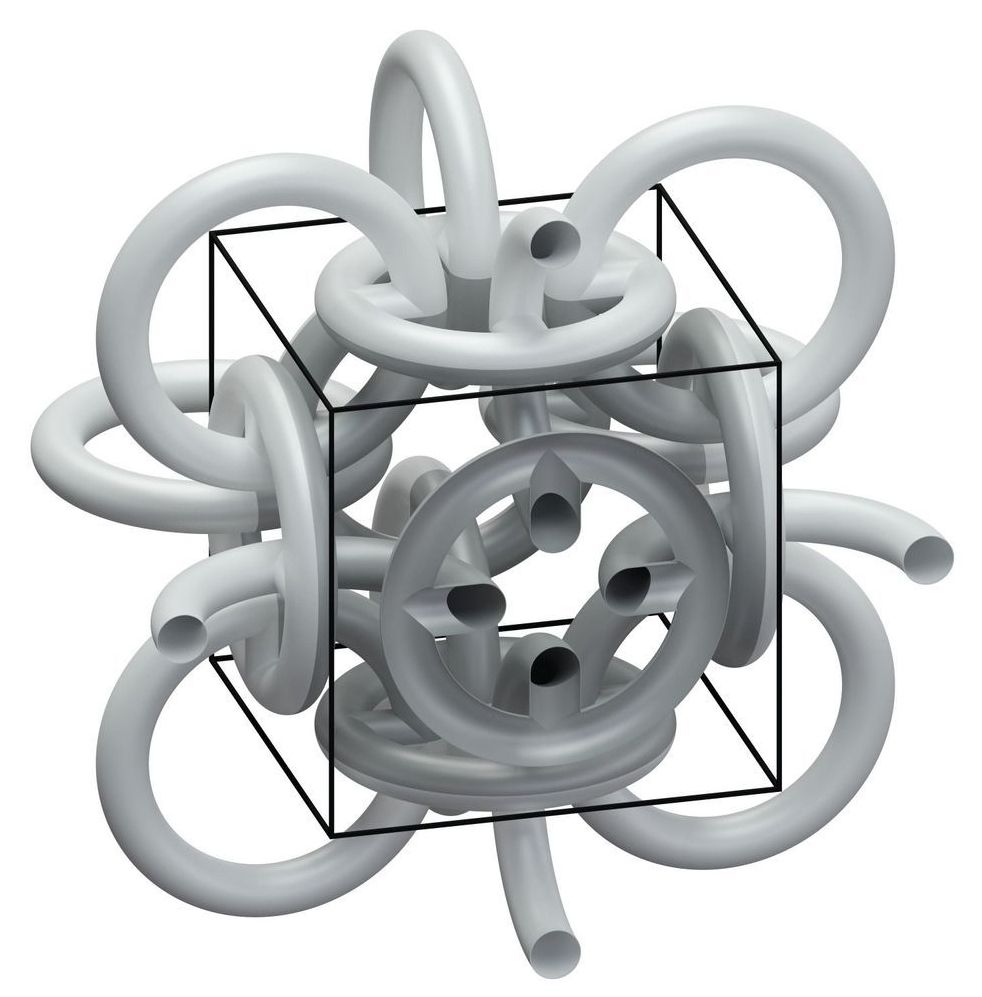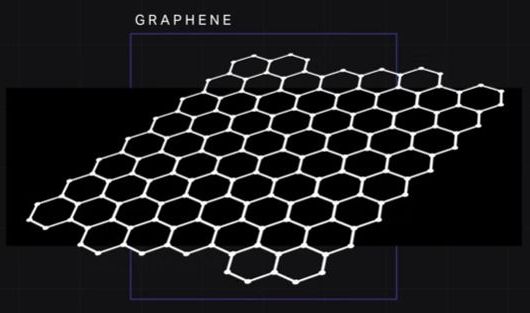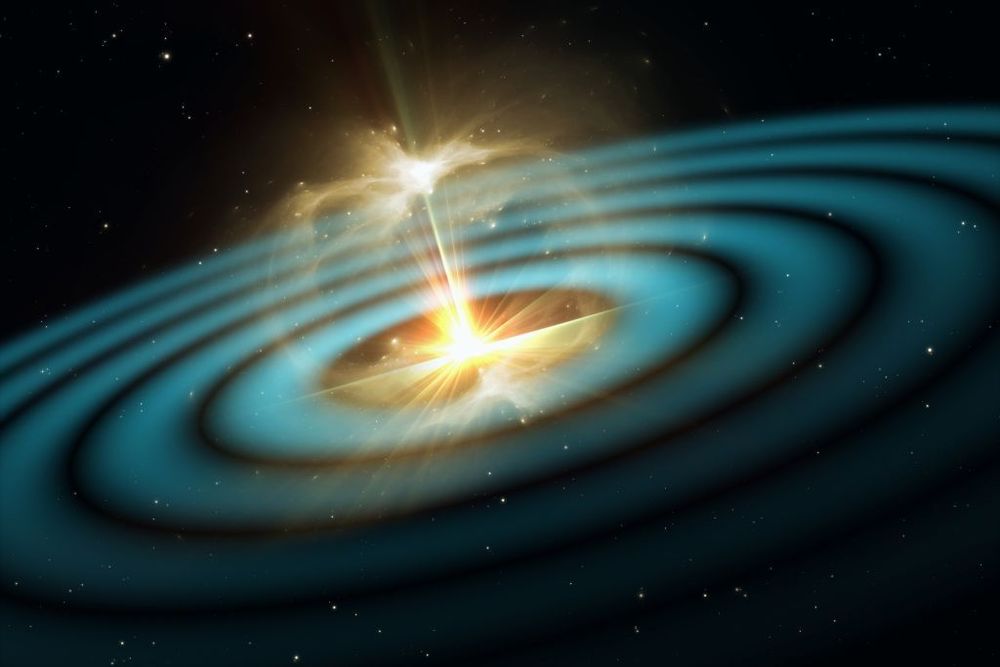Archive for the ‘physics’ category: Page 217
Feb 9, 2020
Metamaterial: Mail armor inspires physicists
Posted by Quinn Sena in categories: mathematics, mobile phones, physics
Circa 2017
The Middle Ages certainly were far from being science-friendly: Whoever looked for new findings off the beaten track faced the threat of being burned at the stake. Hence, the contribution of this era to technical progress is deemed to be rather small. Scientists of Karlsruhe Institute of Technology (KIT), however, were inspired by medieval mail armor when producing a new metamaterial with novel properties. They succeeded in reversing the Hall coefficient of a material.
The Hall effect is the occurrence of a transverse electric voltage across an electric conductor passed by current flow, if this conductor is located in a magnetic field. This effect is a basic phenomenon of physics and allows to measure the strength of magnetic fields. It is the basis of magnetic speed sensors in cars or compasses in smartphones. Apart from measuring magnetic fields, the Hall effect can also be used to characterize metals and semiconductors and in particular to determine charge carrier density of the material. The sign of the measured Hall voltage allows conclusions to be drawn as to whether charge carriers in the semiconductor element carry positive or negative charge.
Continue reading “Metamaterial: Mail armor inspires physicists” »
Graphene is an allotropic form of carbon and posses some of the unique properties that are making this compound stand out of all other allotropic compounds of carbon. The compound was discovered in modern ages by two scientists Andre Geim and Konstantin Novoselov from the University of Manchester, UK. After its initial discovery the compound soon began to make impact on every field of life and in recognition to their work they were awarded a physics noble prize in 2010. Graphene has unique physical and chemical properties and is much lighter, flexible and strong than many previously existing compounds.
Feb 4, 2020
Lasers etch a ‘perfect’ solar energy absorber
Posted by Genevieve Klien in categories: nanotechnology, physics, solar power, sustainability
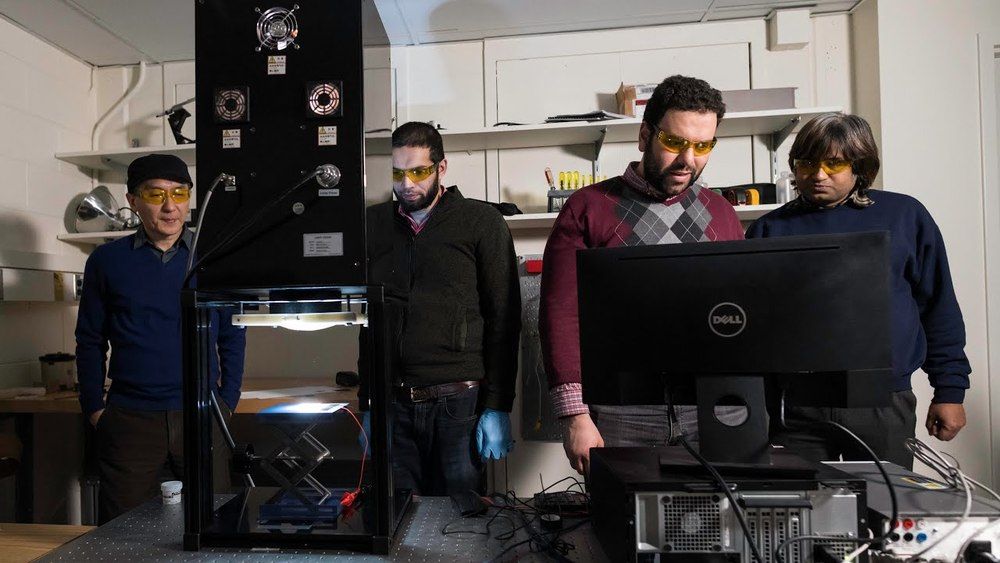
The University of Rochester research lab that recently used lasers to create unsinkable metallic structures has now demonstrated how the same technology could be used to create highly efficient solar power generators.
In a paper in Light: Science & Applications, the lab of Chunlei Guo, professor of optics also affiliated with Physics and the Material Sciences Program, describes using powerful femto-second laser pulses to etch metal surfaces with nanoscale structures that selectively absorb light only at the solar wavelengths, but not elsewhere.
Continue reading “Lasers etch a ‘perfect’ solar energy absorber” »
Feb 4, 2020
Curl-free magnetic fields for stellarator optimization
Posted by Quinn Sena in category: physics
 O.o.
O.o.
This paper describes a new and efficient method of defining an annular region of a curl-free magnetic field with specific physics and coil properties that can be used in stellarator design. Three statements define the importance:
Codes can follow an optimized curl-free initial state to a final full-pressure equilibrium. The large size of the optimization space of stellarators.
Approximately fifty externally-produced distributions of magnetic field, makes success in finding a global optimum largely determined by the starting point.
Continue reading “Curl-free magnetic fields for stellarator optimization” »
Feb 3, 2020
Garrett Lisi on “The Portal”, Ep. #015 — My Arch-nemesis, Myself. (with host Eric Weinstein)
Posted by Xavier Rosseel in categories: alien life, employment, mathematics, physics

Complex cognitive dissonance disorder guaranteed. 😬.
Garrett Lisi, the so called “Surf Bum with a Theory of Everything (or T.O.E.)”, is a PhD theoretical physicist who has refused to be captured by the theoretical physics community. By making shrewd investments, he has avoided holding meaningful employment for his entire adult life. Instead, he lives in Maui and travels the world chasing the perfect wave.
Feb 2, 2020
Perspective: A review on memristive hardware for neuromorphic computation
Posted by Mike Diverde in categories: information science, physics, robotics/AI
If you are interested in mind uploading, then I have a research paper for you to consider. One of the serious issues with mind uploading is the computer substrate. Simulating the brain will require a new and incredible computing capability. New techniques and new hardware are going to be required to make it practical. Of course, there is currently zero demand for mind uploading hardware, so the market is not going to provide this capability. However, there is incredible market demand for cutting edge hardware for machine learning and artificial intelligence. And it turns out that one potential technique for artificial intelligence simulates the way that the brain works: neuromorphic computing. And there is a relatively new type of electronic component that seems to mimic some of the functions of a brain’s neuron: the memristor. Memristors are relatively new, having only been fabricated for the first time by HP in 2008. So I am trying to keep up with the latest developments in memristive technology.
Here are some excerpts from the paper:
“…Artificial Neural Network (ANN) algorithms offer fast computations by mimicking the neuronal network of brains. A weight matrix is used in neural networks (NNs) for parallel processing that makes computing faster…The memristor has attracted much attention because of its potential to have linear multilevel conductance states for vector-matrix multiplication (output = weight × input), corresponding to parallel processing…”
Continue reading “Perspective: A review on memristive hardware for neuromorphic computation” »
Feb 2, 2020
Edward Bouchet
Posted by Genevieve Klien in categories: chemistry, education, health, physics
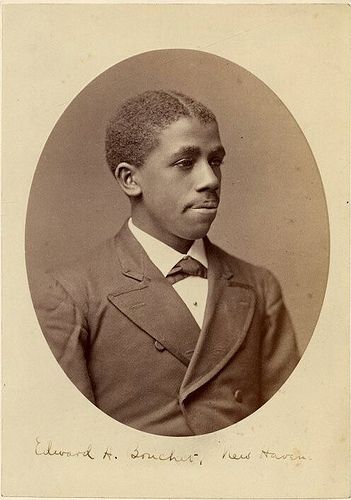 Edward Alexander Bouchet (September 15, 1852 – October 28, 1918) was an African American physicist and educator and was the first African-American to earn a Ph.D. from any American university, completing his dissertation in physics at Yale in 1876. While completing his studies, Bouchet was also the first African American to be inducted in to Phi Beta Kappa for his stellar academic performance in his undergraduate studies. Bouchet’s original research focused on geometrical optics, and he wrote a dissertation entitled “On Measuring Refractive Indices.”
Edward Alexander Bouchet (September 15, 1852 – October 28, 1918) was an African American physicist and educator and was the first African-American to earn a Ph.D. from any American university, completing his dissertation in physics at Yale in 1876. While completing his studies, Bouchet was also the first African American to be inducted in to Phi Beta Kappa for his stellar academic performance in his undergraduate studies. Bouchet’s original research focused on geometrical optics, and he wrote a dissertation entitled “On Measuring Refractive Indices.”
Unfortunately, after completing his dissertation, Bouchet was unable to find a university teaching position after college, probably because of racial discrimination. Bouchet moved to Philadelphia in 1876 and took a position at the Philadelphia’s Institute for Colored Youth (now Cheyney University of Pennsylvania), where he taught physics and chemistry for the next 26 years. Bouchet spent the next several years in several different teaching positions around the country. In 1916, Bouchet returned home to New Haven in poor health, and died in 1918 at age 66.
Dr. Bouchet’s impact on physics still resonates today around the world. The American Physical Society (APS Physics) confers the Edward A. Bouchet Award on some of the nation’s outstanding physicists for their contribution to physics. The Edward Bouchet Abdus Salam Institute was founded in 1988 by the late Nobel Laureate, Professor Abdus Salam under the direction of the founding Chairman Charles S. Brown. In 2005, Yale and Howard University founded the Edward A. Bouchet Graduate Honor Society in his name.
Feb 1, 2020
Elephant rescued from well with physics principle. ‘What an idea,’ says Twitter
Posted by Genevieve Klien in categories: internet, physics
How interesting. Very adorable.
A heartwarming rescue of a baby elephant with the help of physics is winning the Internet. A tweet by IFS officer Ramesh Pandey gives a glimpse of the rescue efforts made by people and officials in Gumla, Jharkhand.
According to the tweet, the forest department along with people from the nearby village rescued the elephant using the Archimedes principle. Officials and locals filled the well with water to help the elephant out. The elephant was rescued without any injury.
Continue reading “Elephant rescued from well with physics principle. ‘What an idea,’ says Twitter” »
Jan 29, 2020
A burst of gravitational waves hit our planet. Astronomers have no clue where it’s from
Posted by Nare Khachatryan in categories: physics, space
A mysterious cosmic event might have ever-so-slightly stretched and squeezed our planet last week.

